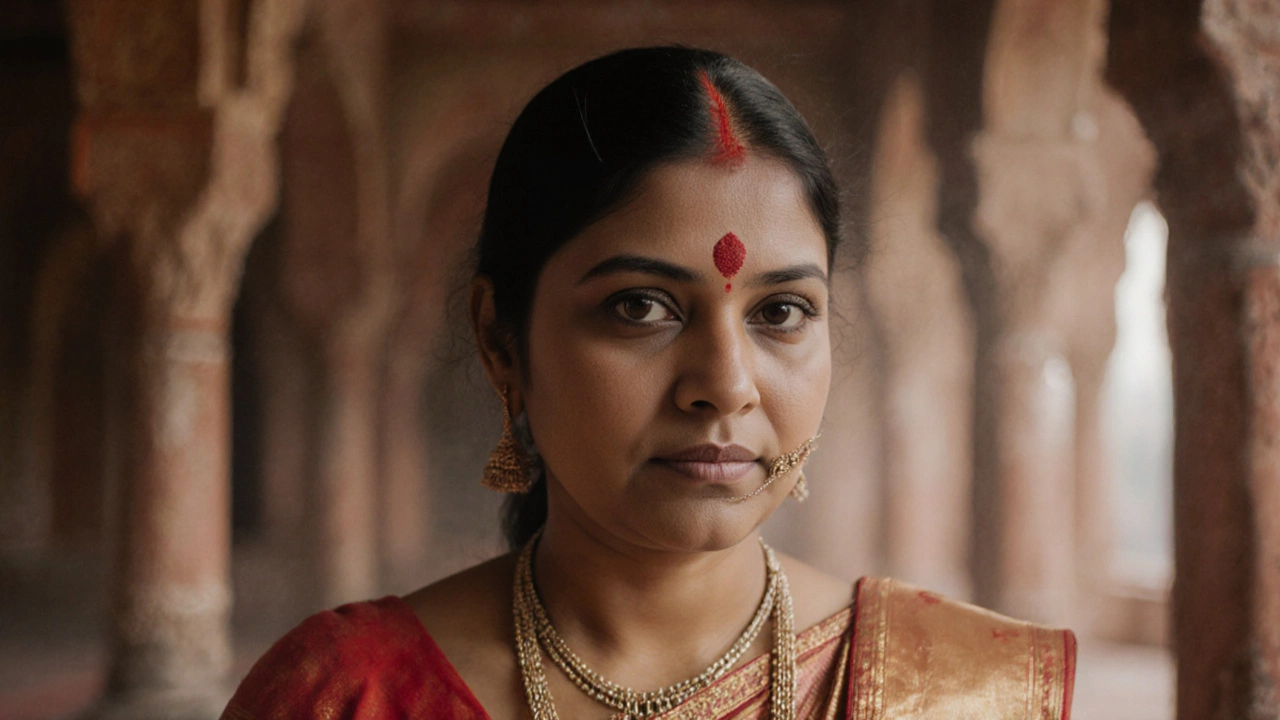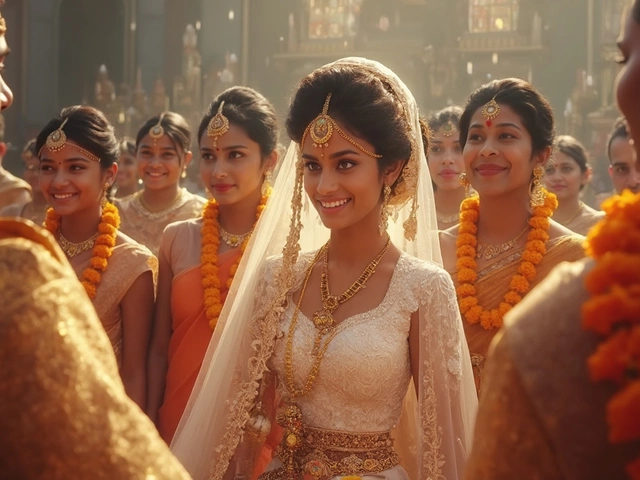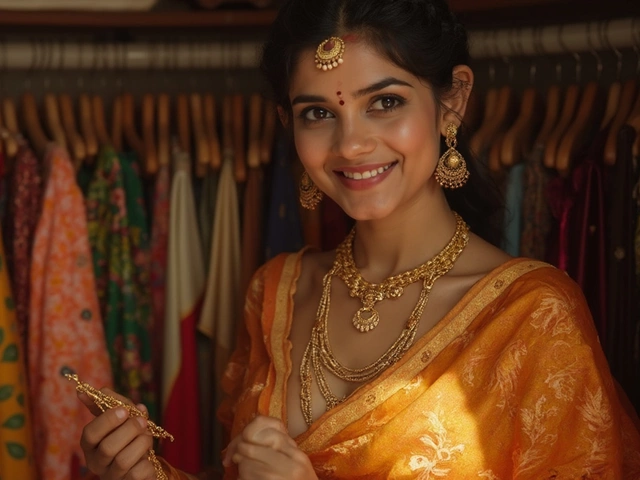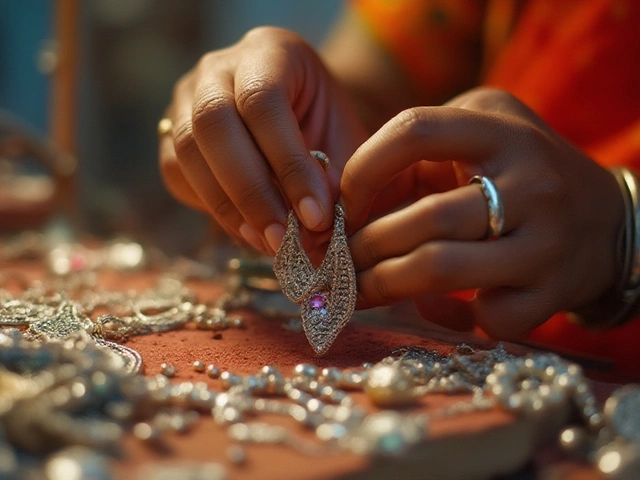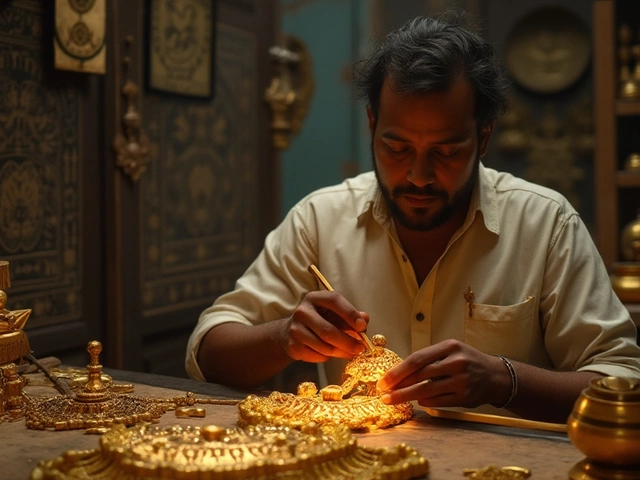Bindi Etiquette: How to Wear, Style and Respect the Tradition
When talking about bindi, a decorative dot or design applied to the forehead, often made of kumkum, sandalwood paste, or jeweled stickers. Also known as forehead mark, it signifies marital status, religious devotion, or fashion statement in many Indian cultures. Indian jewelry, includes necklaces, earrings, nose pins, and bangles that complement the bindi and cultural etiquette, covers the dos and don'ts of appearance, behavior, and respect for traditions together shape how the bindi is presented during festivals, weddings, or daily wear. Understanding these links helps you avoid common mistakes and enjoy the look with confidence.
bindi etiquette is more than just placement; it’s a blend of aesthetics and respect. First, the position matters – the dot should sit at the center of the forehead, aligning with the ‘third eye’ point between the eyebrows. This placement is rooted in ancient beliefs that it balances energy and enhances concentration. Second, the size and design adapt to the occasion. For a traditional wedding, a larger jeweled bindi with gold or silver accents pairs well with a traditional Indian attire, such as sarees, lehengas, or bandhgalas that feature rich fabrics and elaborate embroidery. For casual outings, a simple red dot or a minimalist sticker works best with daily wear like cotton kurtas. Third, the material choice reflects both style and cultural norms – kumkum is preferred for daily use, while metallic or gemstone bindi sticks are reserved for special events, mirroring how jewelry materials, like gold, silver, and precious stones, are selected based on significance and durability.
Key Rules and Practical Tips
To keep your bindi looking flawless, follow these practical steps. Clean the forehead with a gentle cleanser before application to ensure adhesive sticks well. If you use a sticky bindi, press gently and avoid tugging, which can irritate delicate skin. When pairing with other accessories, match the bindi’s metal tone with your necklace and earrings – a golden bindi complements gold jewelry, while silver works with pearl or diamond pieces. Remember, the bindi should never overpower your overall look; it’s a highlight, not the headline. Finally, respect regional differences – in South India, a larger, more ornate bindi is common, whereas North Indian styles often favor a smaller, subtle dot.
By mastering these guidelines, you’ll see how bindi etiquette connects cultural etiquette, traditional attire, and jewelry choices into a cohesive style language. Below you’ll find articles that unpack nose piercings, mangalsutra bead meanings, gold stud patterns, and more – all pieces that influence how you accessorize your bindi for any occasion.
Who Can Wear a Bindi? Meaning, Rules & Modern Styling Tips
Discover who can wear a bindi, its cultural meaning, etiquette, and modern styling tips for any occasion.
